Running is an exhilarating activity that brings joy and an adrenaline rush to millions of people around the world. However, it can sometimes come with its drawbacks, like the dreaded Piriformis Syndrome.
But fear not, fellow runners! In this article, we will delve into the nitty-gritty details of Piriformis Syndrome, its connection to running, and how you can manage and prevent it to keep pounding the pavement with a smile on your face.
Now, let’s talk about this sneaky culprit: the piriformis muscle. Located deep in your glutes, this little troublemaker plays a crucial role in hip rotation and stability. However, when it decides to act up, it can cause all sorts of mischief.
As a runner, you may be at a higher risk of developing Piriformis Syndrome due to the repetitive motion and stress applied to the piriformis muscle, leading to irritation and inflammation.
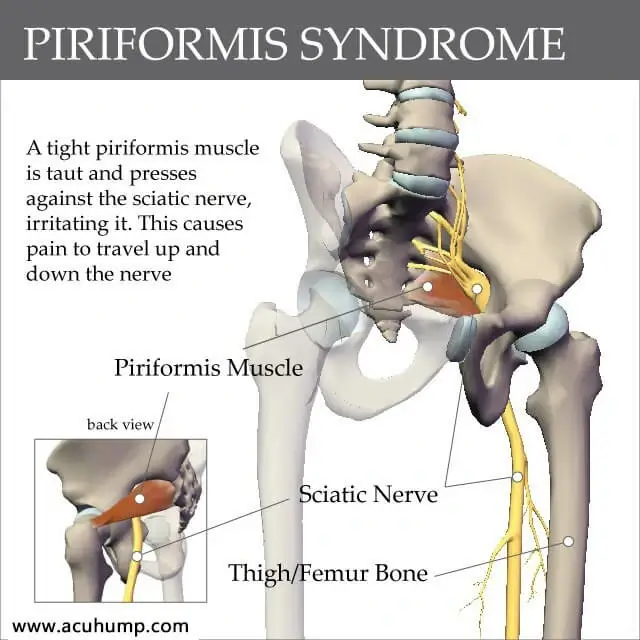
Symptoms of Piriformis Syndrome in Runners
Ah, the moment you’ve all been waiting for – the symptoms. Picture this: you’re halfway through your run, chasing your personal best, and suddenly, a sharp pain strikes your buttocks, hip, or lower back. Yikes! That’s Piriformis Syndrome saying hello. This pain may also radiate down your leg, imitating the unpleasant feeling of sciatica. And if that’s not enough, you might experience numbness or tingling, making you wonder if your leg has fallen asleep. These symptoms often worsen during or after running, making for a not-so-fun post-run recovery.
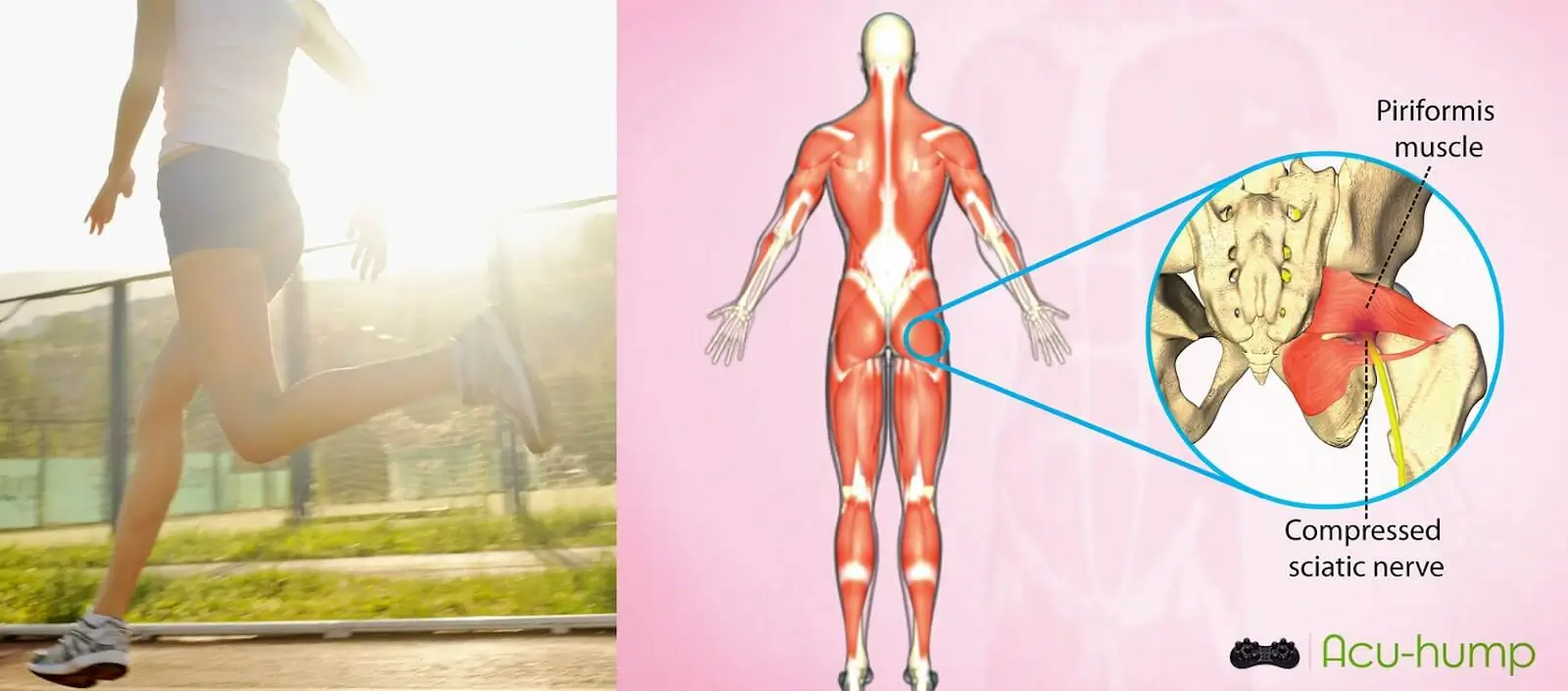
Why does running lead to piriformis syndrome
Running, especially long-distance or hill running, can contribute to the development of piriformis syndrome for several reasons.
1. Muscle Overuse: The piriformis muscle is heavily involved in the running motion, working to stabilize the hip and rotate the leg outward. However, excessive or repetitive use of the piriformis muscle can lead to muscle fatigue, tightness, and ultimately, the development of piriformis syndrome. This is commonly seen in runners who increase their mileage or intensity too quickly without allowing the muscle to adapt.
2. Muscle Imbalances: Running primarily targets certain muscle groups, such as the hip flexors, quadriceps, and hamstrings. These muscle groups may become stronger and tighter in comparison to the piriformis muscle, which can lead to imbalances. These imbalances can place additional stress on the piriformis muscle, increasing the likelihood of developing piriformis syndrome.
3. Poor Running Form: Incorrect running form can also contribute to the development of piriformis syndrome. Overstriding, landing heavily on the heel, or excessive hip rotation can all increase stress on the piriformis muscle. This can lead to muscle imbalances, tightness, and ultimately the development of piriformis syndrome.
4. Inadequate Warm-up and Stretching: Failing to properly warm up before a run or neglecting to stretch the piriformis muscle can increase the risk of developing piriformis syndrome. A thorough warm-up, including light jogging and dynamic stretches, helps prepare the muscles for activity. Stretching the piriformis muscle, both before and after running, helps maintain muscle flexibility and reduce the likelihood of tightness and irritation.
Diagnosis and Treatment
But fret not, dear runners, for a range of diagnosis and treatment options are available. First, a physical examination and a dive into your medical history can help doctors uncover the root cause of your pain. If needed, diagnostic tests like MRI or CT scans can provide a clearer picture (quite literally) of what’s going on in there.
Fortunately, most cases can be managed conservatively. Resting and avoiding activities that aggravate the symptoms is a crucial step in the recovery process.
Additionally, stretching exercises and physical therapy can help loosen up the tight piriformis muscle.

Oh, and let’s not forget about our trusty friends, anti-inflammatory medications and muscle relaxants. They can provide some much-needed relief.
In some cases, alternative therapies like acupuncture and invigorating massages can also help ease the discomfort. You can also try Acu-hump, an acupressure massage tool, to relax the piriformis muscle.
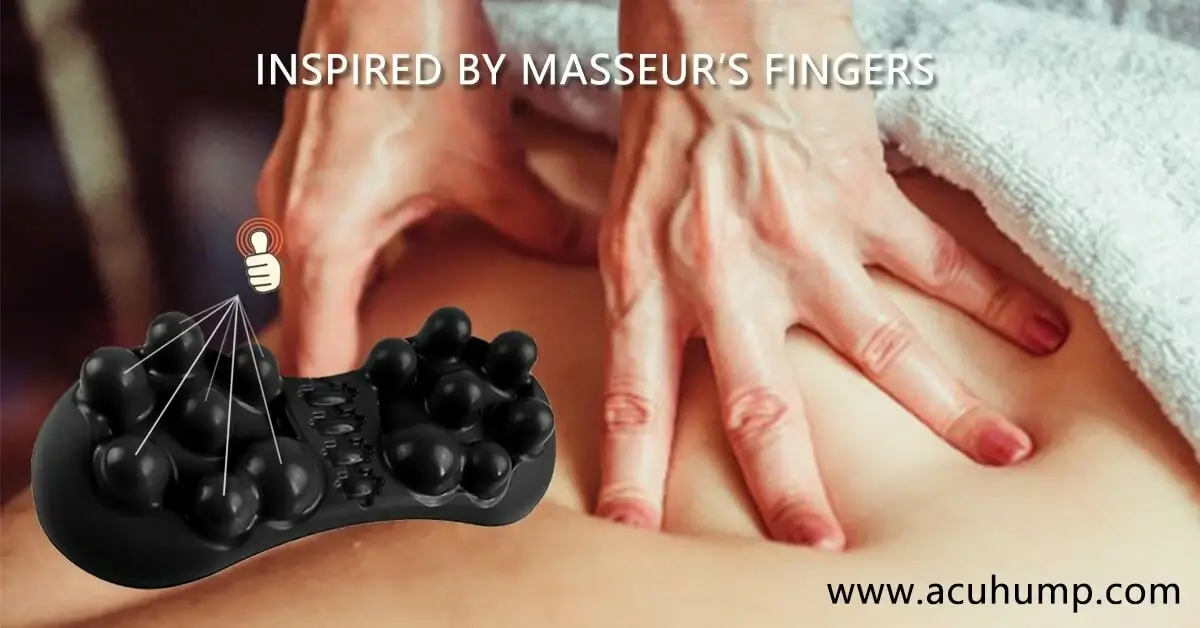
Acu-hump: Full refund policy. No risk for you.
But, hey, if things get really out of hand, surgery might be necessary in severe or stubborn cases.
Running with Piriformis Syndrome
Running with piriformis syndrome can still be possible with the right precautions. Here are some tips for running safely and pain-free:
- Choose proper footwear that provides appropriate support and cushioning.
- Pay attention to running form, ensuring proper posture and stride length.
- Gradually increase running distance and intensity to allow the body to adapt.
- Listen to the body and modify the running routine as needed, such as incorporating rest days or cross-training exercises.
- Warm up thoroughly before each run, focusing on stretching the piriformis muscle and surrounding areas.
Prevention and Management Strategies
Remember, prevention is better than cure – especially when it comes to our beloved running routine. To keep Piriformis Syndrome at bay, incorporating warm-up exercises and a proper stretching routine into your pre-run ritual is key. Strengthening exercises that target the hip and gluteal muscles can also keep everything stable down there.
And let’s be honest, none of us want to be that runner with horrible form, so pay attention to your running technique and make necessary adjustments. Take it slow, my friends; gradual progression in training intensity and volume is crucial.
Don’t forget to mix things up with cross-training and low-impact activities to give your muscles a break. And last but not least, embrace the concept of rest days and recovery periods – because even running machines need some downtime.
Case Studies and Success Stories
Still feeling a bit skeptical? Let’s hear from our fellow runners who have successfully managed Piriformis Syndrome.
Laura, a passionate marathoner, shares her secret weapon: active release techniques combined with piriformis syndrome exercises. And then there’s Mark, a dedicated trail runner, who found salvation in strengthening his gluteal muscles through targeted exercises.
Their tales serve as a shining beacon of hope that Piriformis Syndrome doesn’t necessarily mean waving goodbye to your running shoes forever.
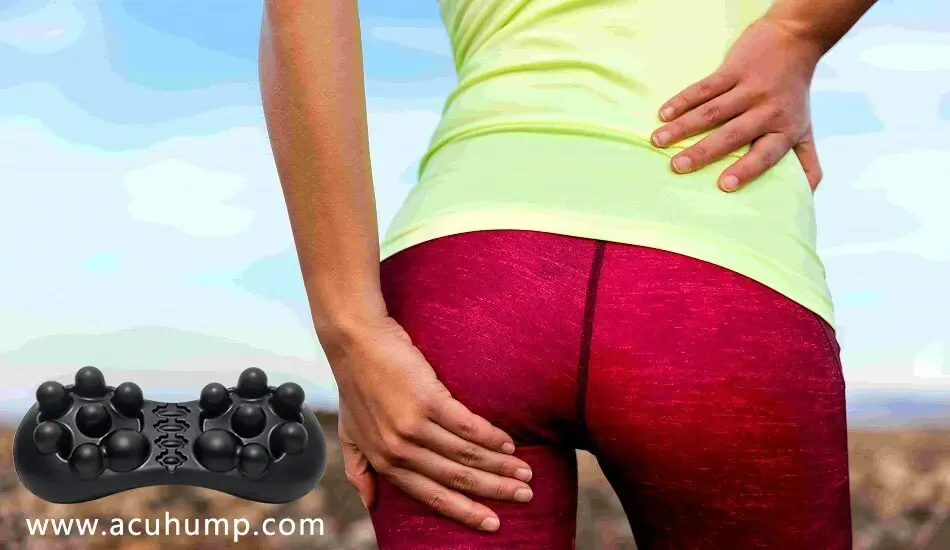
To wrap things up, Piriformis Syndrome may be a pesky companion on your running journey, but armed with knowledge and the right management strategies, you can overcome it and continue doing what you love. Remember the importance of early detection, proper diagnosis, and timely treatment.
If symptoms arise, seek medical attention and adopt preventive measures to give you the best chance of staying injury-free. So, lace up your shoes, my fellow runners, and hit the road with confidence, knowing you’re equipped to handle whatever Piriformis Syndrome throws your way. Happy running!
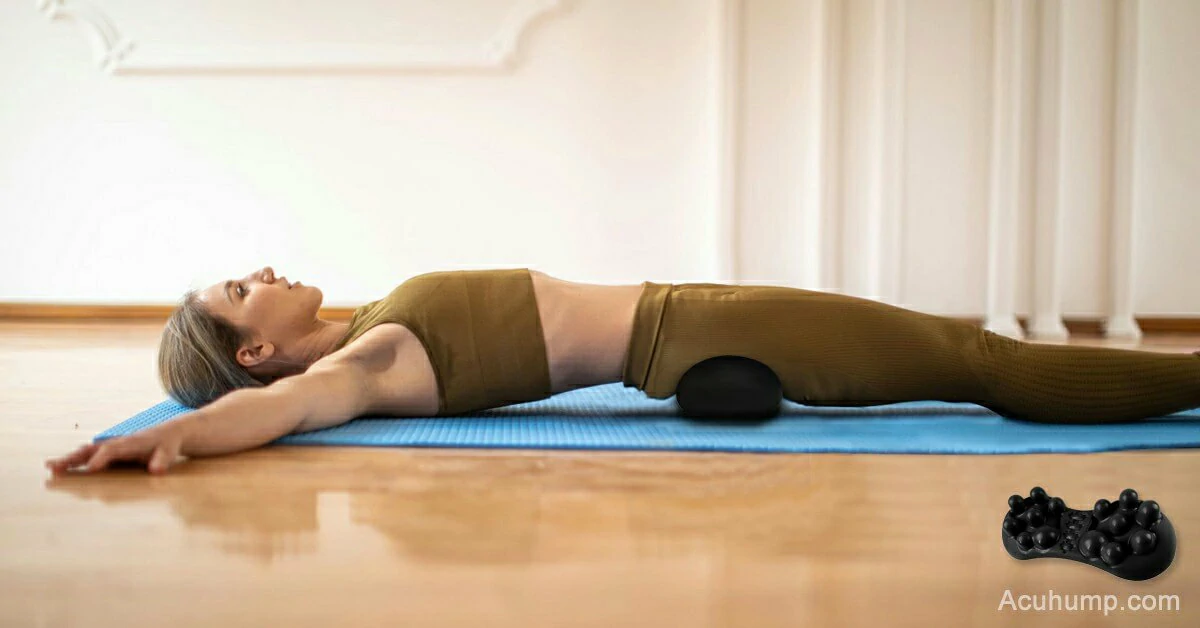
Acu-hump®
Release Butt & Lower Back
